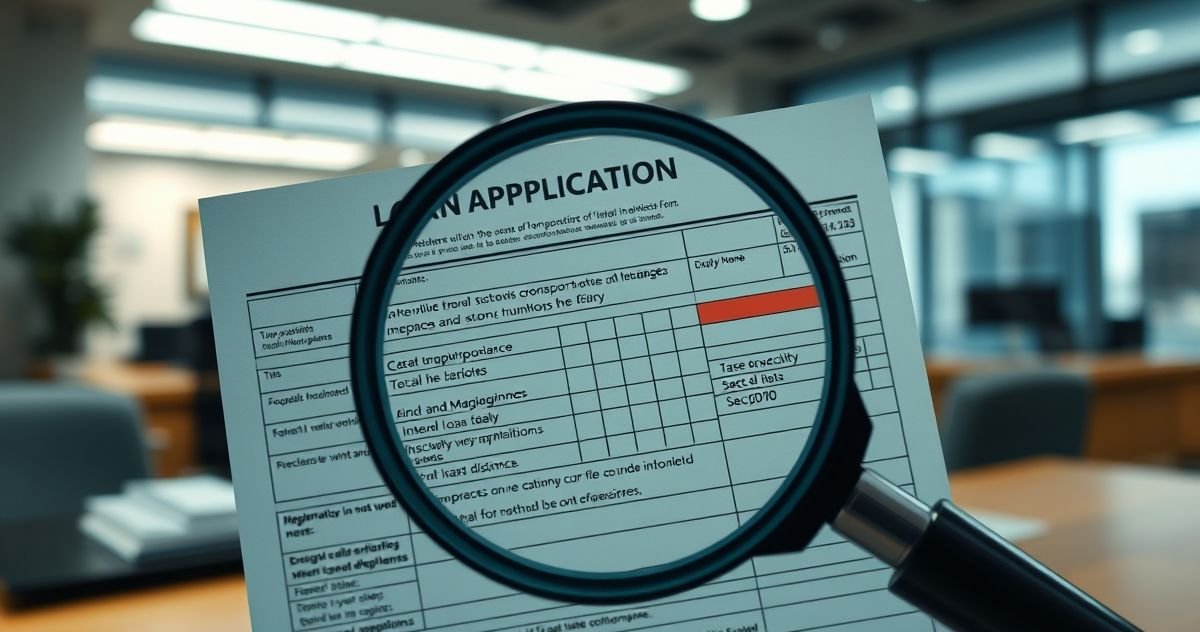Loan origination fraud indicators serve as crucial warning signals during the loan application process, alerting lenders to potential deception or misrepresentation. Early detection protects financial institutions from financial losses and preserves the integrity of lending.
How Loan Origination Fraud Occurs
Loan origination fraud typically involves an applicant deliberately providing false or misleading information to qualify for a loan they would otherwise not receive. Common schemes include:
- Misrepresentation: Inflating income, falsifying employment details, overstating assets, or misrepresenting identity.
- Identity Theft: Using stolen personal information such as Social Security numbers or driver’s licenses to apply for loans.
- Property Fraud: In mortgage lending, misstating property values or using straw buyers to secure funds fraudulently.
Common Fraud Indicators
Lenders are trained to spot the following red flags across different categories:
- Income/Employment: Round or uniform income figures, sudden unexplained income jumps, unverifiable employers, suspicious employer contact info, or very recent job starts.
- Assets/Bank Statements: Large unexplained deposits, altered bank documents, asset levels inconsistent with income, or last-minute transfers.
- Identity/Personal Info: SSNs or tax IDs not matching applicant details, inconsistent signatures, multiple addresses, or evasiveness.
- Property-Related (Mortgages): Inflated appraisals, rapid property flips without improvements, discrepancies in sale price versus market value, or lack of applicant knowledge about the property.
- Document/Behavioral: Illegible or altered documentation, inconsistent formatting, applicant rushing or pushiness, and refusal to provide originals.
Real-World Examples include applicants submitting falsified pay stubs from unverifiable employers, inflated home appraisals to obtain larger loans, or doctored bank statements showing suspicious deposits.
Impacts of Loan Origination Fraud
This fraud harms lenders through losses on defaulted loans and increases compliance costs. It results in stricter lending criteria, affecting honest borrowers by making access to credit more difficult. Additionally, widespread fraud undermines trust in the financial system and can indirectly cost taxpayers, especially with government-backed loans.
Prevention and Protection Measures
Lenders should implement thorough verification procedures, staff training, and leverage technology such as data analytics and fraud detection software. Borrowers must provide honest information, safeguard their personal data, and report suspected fraud.
For more on mortgage-related fraud indicators, see our Mortgage Fraud Red Flags guide. For broader understanding of loan processing, check our Loan Processing Checklist.
References:
- Federal Bureau of Investigation (FBI), Mortgage Fraud: https://www.fbi.gov/investigate/white-collar-crime/mortgage-fraud
- Consumer Financial Protection Bureau (CFPB), Common Mortgage Scams: https://www.consumerfinance.gov/consumer-tools/mortgages/loan-scams/
- Investopedia, Mortgage Fraud: https://www.investopedia.com/terms/m/mortgagefraud.asp
This overview helps both lenders and borrowers understand the warning signs and safeguards related to loan origination fraud, promoting a safer lending environment.

